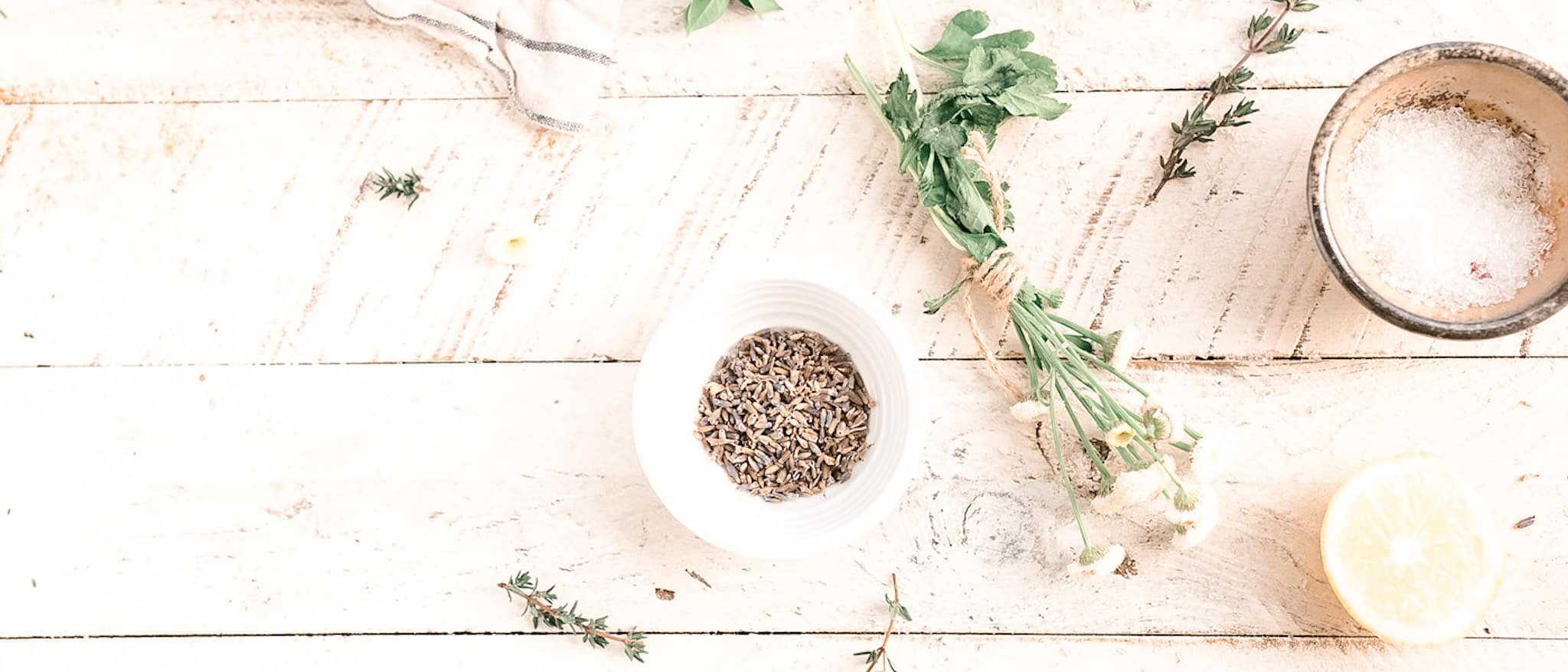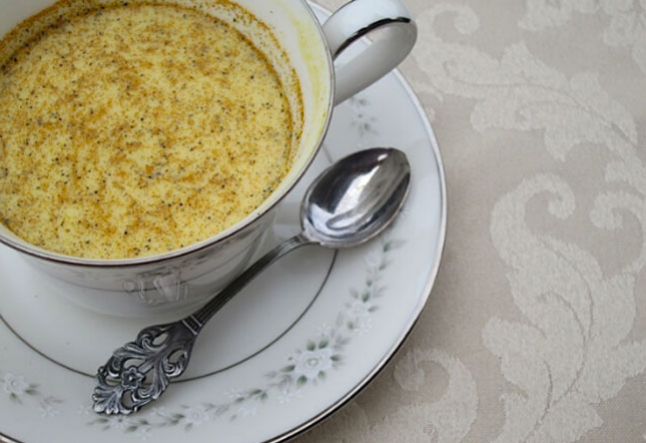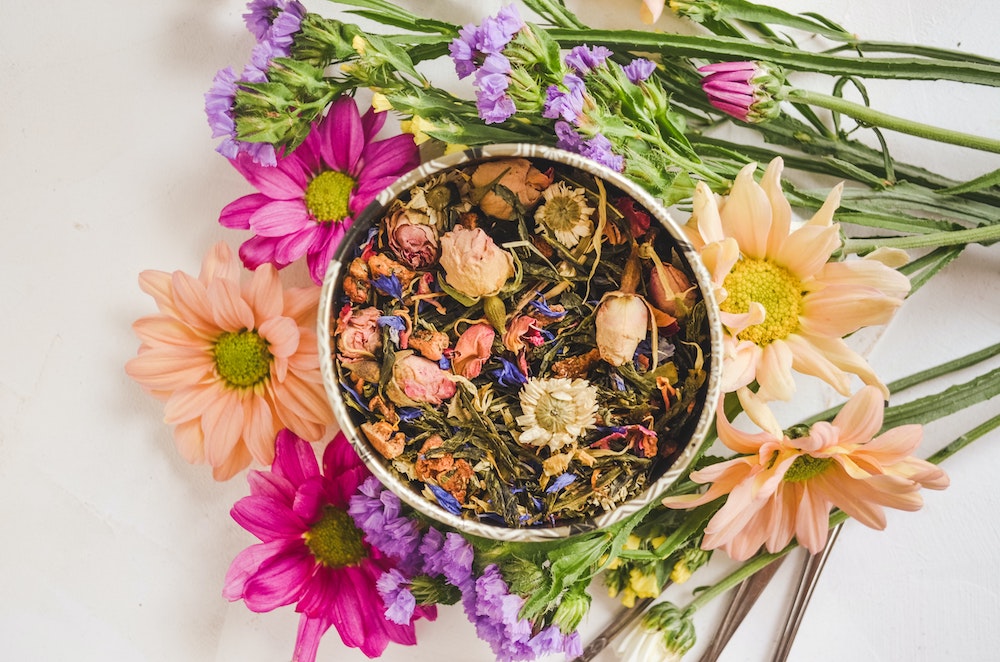turmeric for radiant skin and optimal health

Turmeric for radiant skin and optimal health has been used for over 4,000 years in Asia. From the dyeing of clothes to Hindu wedding ceremonies to healing digestive and skin ailments, turmeric has served humankind in many ways.
Today, turmeric is a buzzword among alternative healers, herbalists, and yogis. Once again, people recognise this powerful herb’s healing properties.
The healing substance in turmeric is known as curcumin. Curcumin is what gives the spice its golden yellow colour and what provides the medicinal effect.
Curcumin has a Prabhava, or special effect, on the large intestine and, when combined with Pippali, or long pepper, can help protect the body from colon cancer.
Also, it provides turmeric with its strong anti-inflammatory and pain-relieving actions. That’s why many medical practitioners recommend turmeric for patients dealing with joint pain and/or arthritis.
Key Takeaways:
- Turmeric has a rich history spanning over 4,000 years in Asia. It is used for various purposes, from dyeing clothes to healing ailments.
- Curcumin, the active compound in turmeric, holds powerful anti-inflammatory and pain-relieving properties, making it beneficial for joint pain and arthritis.
- Ayurveda reveres turmeric as “the Golden Goddess,” emphasizing its role in supporting digestive health, oral hygiene, and wound healing.
- Turmeric is a versatile skincare ingredient, offering benefits such as evening skin tone, soothing inflammation, fighting acne, and promoting healthier skin. It is a valuable addition to any skincare routine.DIY turmeric face masks can be easily made at home to enjoy their skincare benefits, incorporating ingredients to prevent skin staining.
- Prioritizing your safety, it’s crucial to consult a certified practitioner and perform a patch test before incorporating turmeric into your skincare routine. Turmeric’s relevance in modern wellness practices is a testament to its enduring healing properties, which are recognized by traditional medicines like Ayurveda and Chinese medicine.
Turmeric for Radiant Skin and Ayurveda

Ayurveda, India’s traditional wellness system that dates back over 5,000 years, calls turmeric “the Golden Goddess.” Throughout its medical texts, Ayurveda reveres turmeric as one of the most powerful herbs for many ailments.
Turmeric supports digestive health; it reduces indigestion and the excess heat that can accumulate in the digestive tract (which can lead to heartburn, GERD, and diarrhea).
For instance, it clears ama (toxins) in the digestive system. It works in the Rakta, or blood channel, as a circulatory stimulant (blood tonic), supporting the production of red blood cells.
Surprisingly, turmeric has a whitening effect on teeth, and its antibacterial properties help promote oral health.
In addition, Ayurveda indicates turmeric for external application, wounds, bruises, and skin ailments.
Is there anything this super herb can’t do?
Turmeric for your skin
The Golden Goddess has gained wide popularity in the skincare and beauty industry in recent years. Known to even skin tone, Turmeric also soothes and smooths the skin while lightening excess skin pigmentation.
Thanks to its antioxidant effects, Turmeric helps fight free radical damage and can improve skin elasticity. It’s also garnering praise for its ability to heal and prevent acne.
In essence, turmeric is one of the greatest allies for anyone seeking organic, earth-based, chemical-free skincare.
Recipe – A turmeric face mask
Want to give turmeric a try?
Here’s a simple exfoliating face mask you can make at home to introduce turmeric into your skincare and beauty ritual.
Ingredients:
• 1 Tbsp Organic Turmeric
• 1 tsp Organic Chickpea Flour
• ¼ tsp Himalayan salt
• ¼ tsp Organic Almond, Rice or Coconut Milk
• ¼ tsp Organic Olive, Sunflower or Almond Oil
Directions:
Combine all ingredients in a small bowl to make a paste.
Apply the paste evenly to the skin of the face and neck. Be sure to apply in gentle, circular, upward strokes. Let sit for 2-5 minutes. Gently rinse away the mask with tepid water.
Adding the non-dairy milk, salt, and chickpea flour will help prevent any temporary skin staining that might result from turmeric’s golden hue.
If you want to be extra careful, look for Kasturi Turmeric (Curcuma aromatic), a non-staining version of the spice, or follow up with a gentle salt or sugar scrub combined with some olive, sunflower or almond oil after the mask treatment to remove any golden residue from the skin.
Conclusion
Turmeric is an ancient herb with many modern-day applications. Both Ayurvedic and Chinese medicine recognized the healing properties of this herb early on.
These two traditional medicines still honour turmeric as one of the most versatile healing plants.
To determine how turmeric can best enhance your life, speak with a certified Ayurvedic or Chinese practitioner or herbalist.
When implementing turmeric into your daily skincare ritual, begin with a small patch test to ensure that no irritation occurs.
From there, you can start to apply it in larger portions for radiant, smooth, supple skin.
FAQs
Turmeric is generally safe for most skin types, but individuals with sensitive skin may experience irritation or allergic reactions. A patch test is recommended before applying turmeric-based products to larger areas of the skin.
Yes, turmeric has a vibrant yellow colour that can temporarily stain the skin, especially in higher concentrations. To minimize staining, consider using formulations that include chickpea flour and non-dairy milk, or opt for Kasturi Turmeric, a non-staining variety.
While turmeric is generally safe, some individuals may experience allergic reactions or irritation. Prolonged use of high concentrations may also lead to skin staining or discolouration. It’s essential to consult with a dermatologist if you experience any adverse reactions.
Yes, turmeric’s anti-inflammatory and antibacterial properties benefit acne-prone skin. It can help reduce inflammation, soothe existing acne lesions, and prevent new breakouts. However, it’s advisable to perform a patch test and start with lower concentrations to avoid exacerbating acne.
The frequency of turmeric use depends on individual skin sensitivity and tolerance. For most people, using turmeric-based skincare products 2-3 times a week is sufficient to enjoy its benefits without overloading the skin. It’s essential to listen to your skin’s response and adjust usage accordingly.



